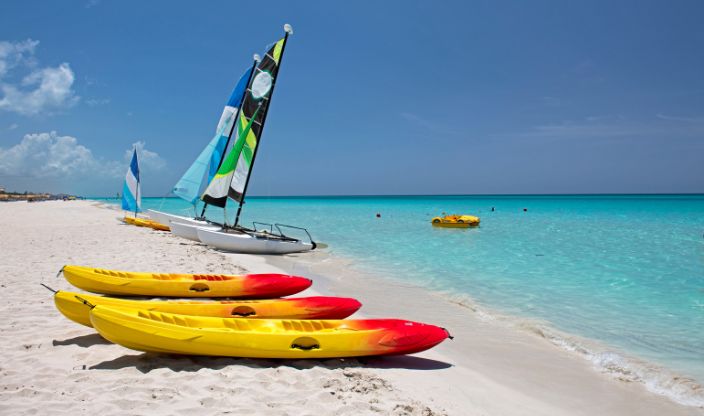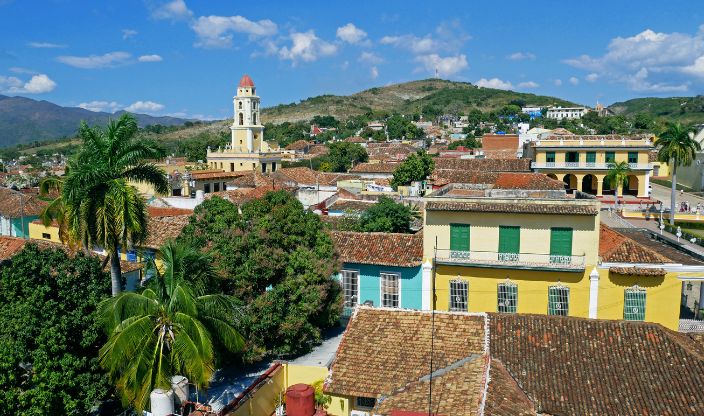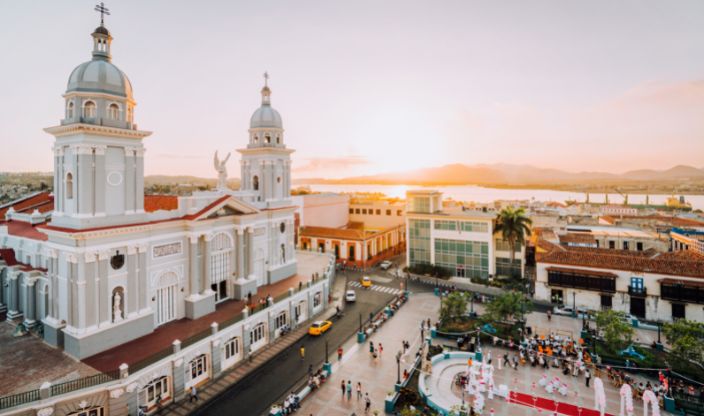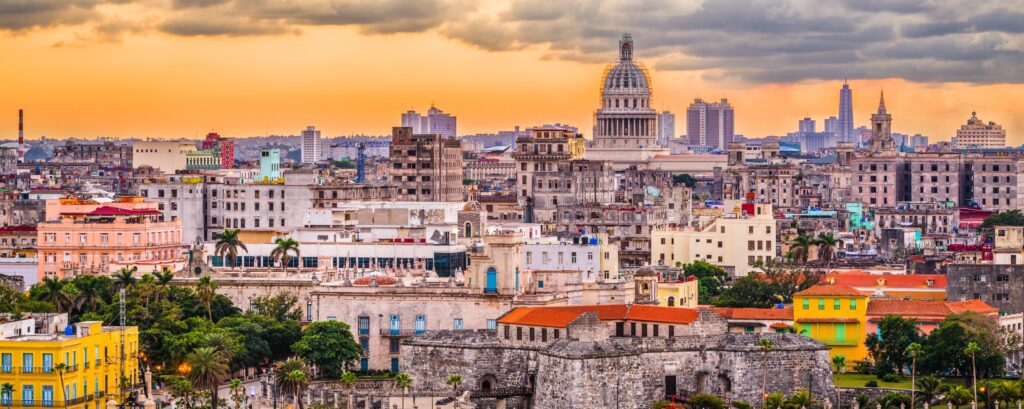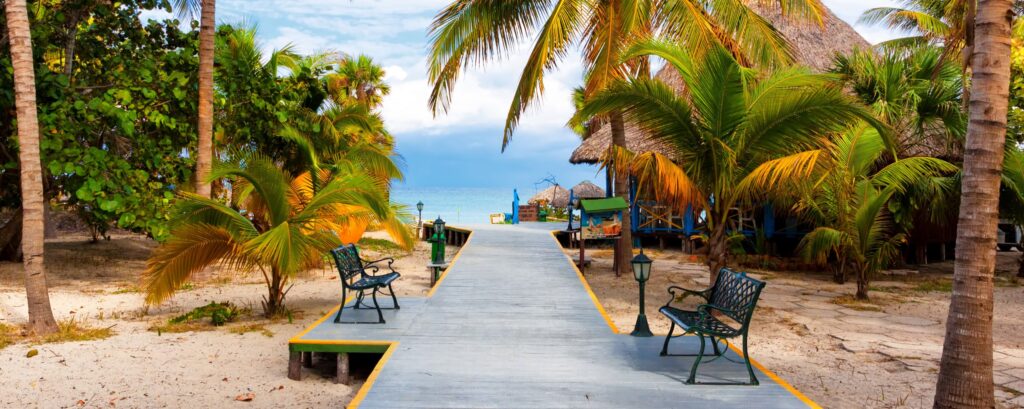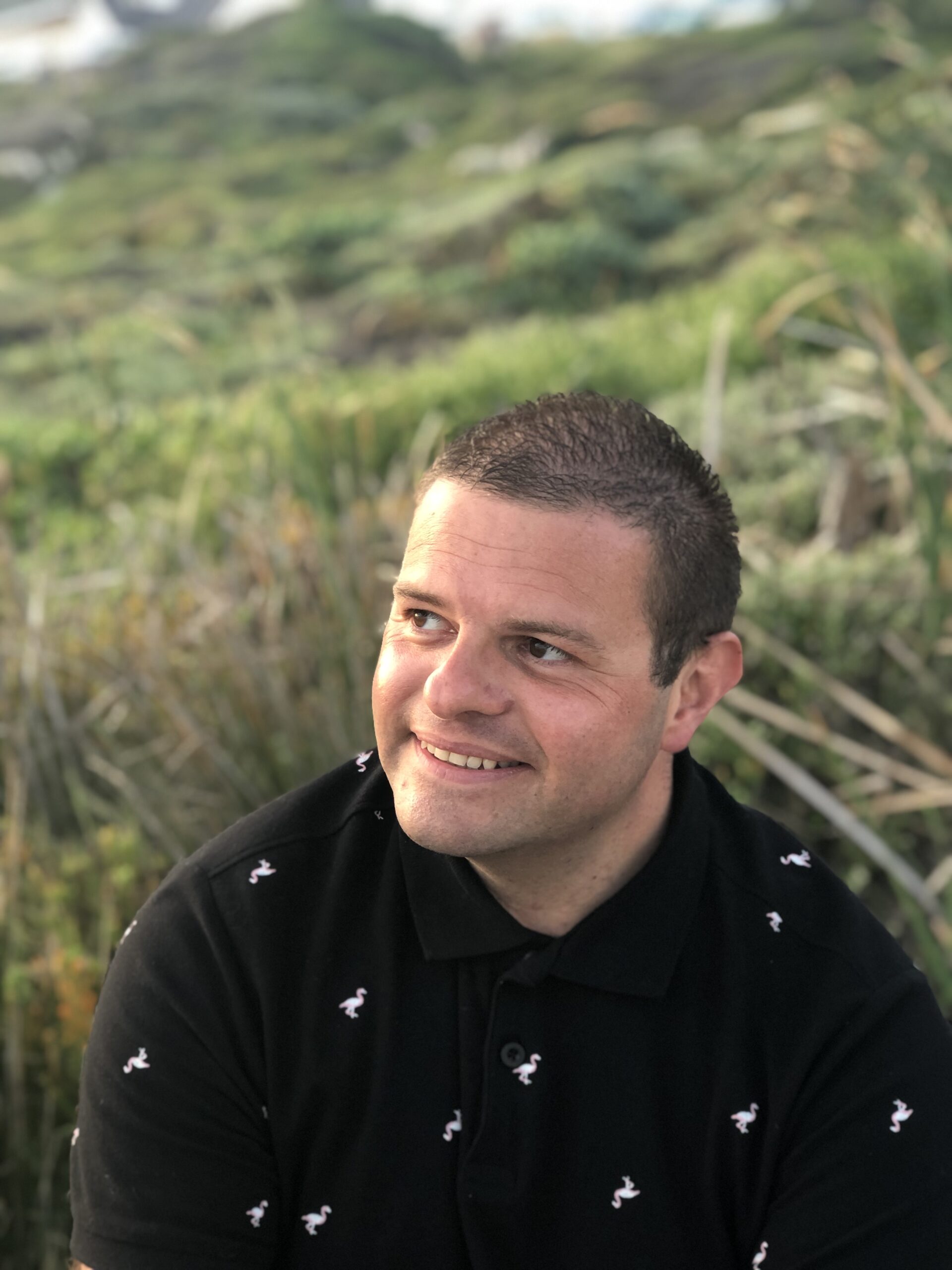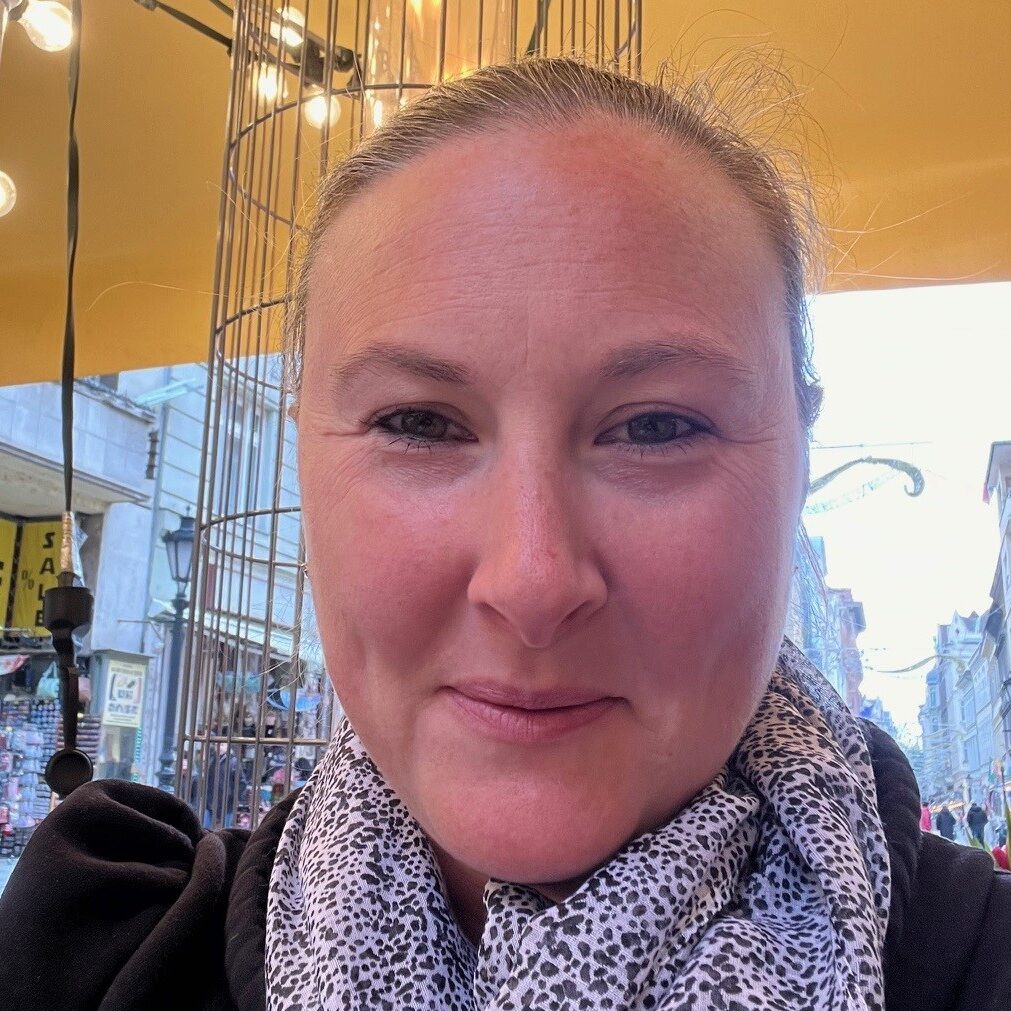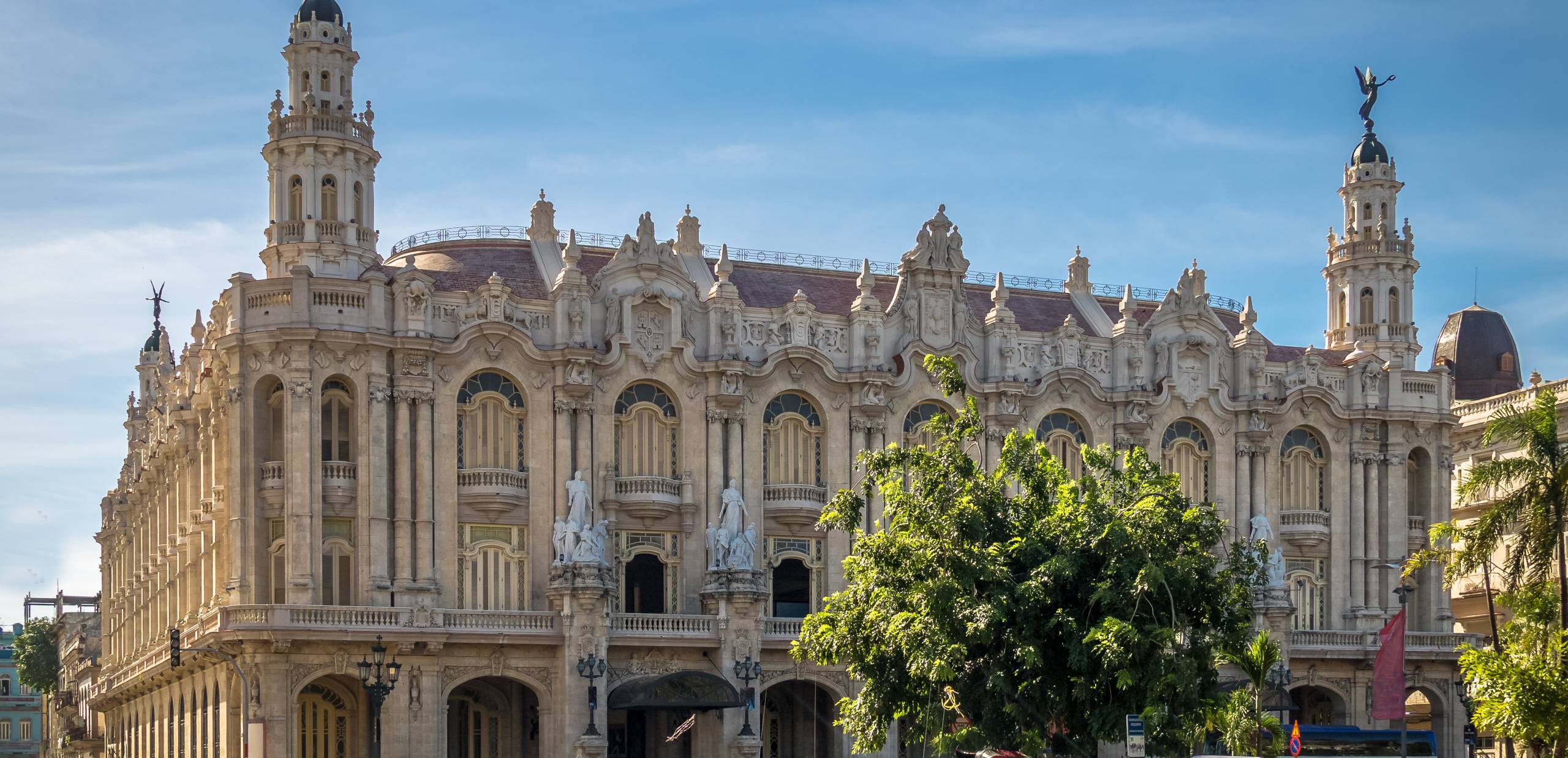Introducing Cuba
With its white sand beaches, turquoise waters, vibrant historic buildings, mountainous landscapes, and impressive coral reefs, Cuba is a traveller’s paradise. A trip to Cuba promises the enjoyment of live music, salsa dancing, rum drinking, but also the chance to delve into the Caribbean island’s abundant heritage and culture. Explore the magnificent scenery of Guardalavaca, or the intriguing metropolis of Havana with its lively streets and delectable cuisine. Its picture-perfect beaches are to be indulged in, with stunning vistas and excellent land and water activities, you can soak up as much adventure or relaxation as you need, before spending your nights on the town absorbing Cuban culture, music and entertainment.
The Caribbean Sea’s largest island is Cuba. The Greater Antilles, a group of islands formed by the collision of two tectonic plates, includes Cuba and its neighbouring islands.
The island of Cuba is also long and narrow. It is only 60 miles (100 kilometres) wide in most parts and spans 750 miles (1,200 kilometres) from east to west.
The greatest season to visit Cuba is from November to April, with March and mid-April being the most enjoyable months because they are mild and bright without the humidity or storms of the summer months. If you don’t mind the summer storms in between the sunshine, then do visit Cuba in July and August. Hurricane season is known to be between the months of June and November, with storms peaking between September and October.
Cuban cuisine is influenced heavily by Spanish, African and Caribbean gastronomy based on its location and of course its inhabitants. There are some staple meals that Cuba is known for, and these are fundamentally enjoyed with the accompaniment of rice and beans. Comida criolla consists of roast or fried chicken and pork served with rice, beans, and viandas (root vegetables).
Shredded beef (or lamb) is cooked in a stew-like dish called ropa vieja, which also includes tomatoes, green peppers, onions, and garlic.
Ajiaco is another delightful hearty stew. While ingredients differ by area, at least one type of meat, corn, and vegetables are included.
Lechón, or suckling pig, is a dish that is frequently marinated in herbs, onions, and garlic before being roasted on a spit or in an oven.
Enchiladas are another favourite with meat and shellfish that have been prepared with tomato, garlic, and mild chilli sauce.
Cuba has a vibrant culture that is well-known throughout the world thanks to a fusion of indigenous, African, and European inhabitants. Cuba’s history is evident in its gastronomy, language, customs, and, above all, music. In Havana, it seems like there are bands playing all the time. Son is the primary musical style of Cuban culture, which combines classical guitar and bouncy beats.
The Ciboney and Guanahatabey tribes were the first inhabitants of Cuba. The Taino tribe from Venezuela acquired control of the island but they were defeated in 1511, and Spanish armies annexed the island as their own.
Following the slavery of the Taino people and their subsequent deaths from illnesses, African slaves were sent to Cuba to help with the planting and harvesting of sugarcane. In 1898, the Americans assisted in the expulsion of the Spanish from Cuba, and by 1902, Cuba had achieved independence. However, the island was heavily influenced by the United States and communist Fidel Castro took over in 1959.
Cuba is a great destination to take the family on. Some of the exciting activities you could enjoy include:
Horse-riding in Vinales: Experience the wonderful countryside on horseback by passing through the trails marked and marvelling at the wonderful surroundings.
Visit the Museo del Chocolate — Havana: Who doesn’t love some chocolate? The Chocolate Museum is a great way to keep the kids entertained and amused, whilst enjoying some sweet treats or a delightful hot chocolate.
Fusterlandia — Havana: this amazing and colourful town is in downtown Havana and boasts wonderful, recycled arts in its maze-like streets, making it great for exploring and snapping some great family pictures.
Playa Varadero: a stunning beach area, it is perfect for some summer sun, lots of beach activities including kayaking and inflatables, as well as swimming in its crystal-clear blue waters.
Recommended Cuba Specialists
Top Locations in Cuba

